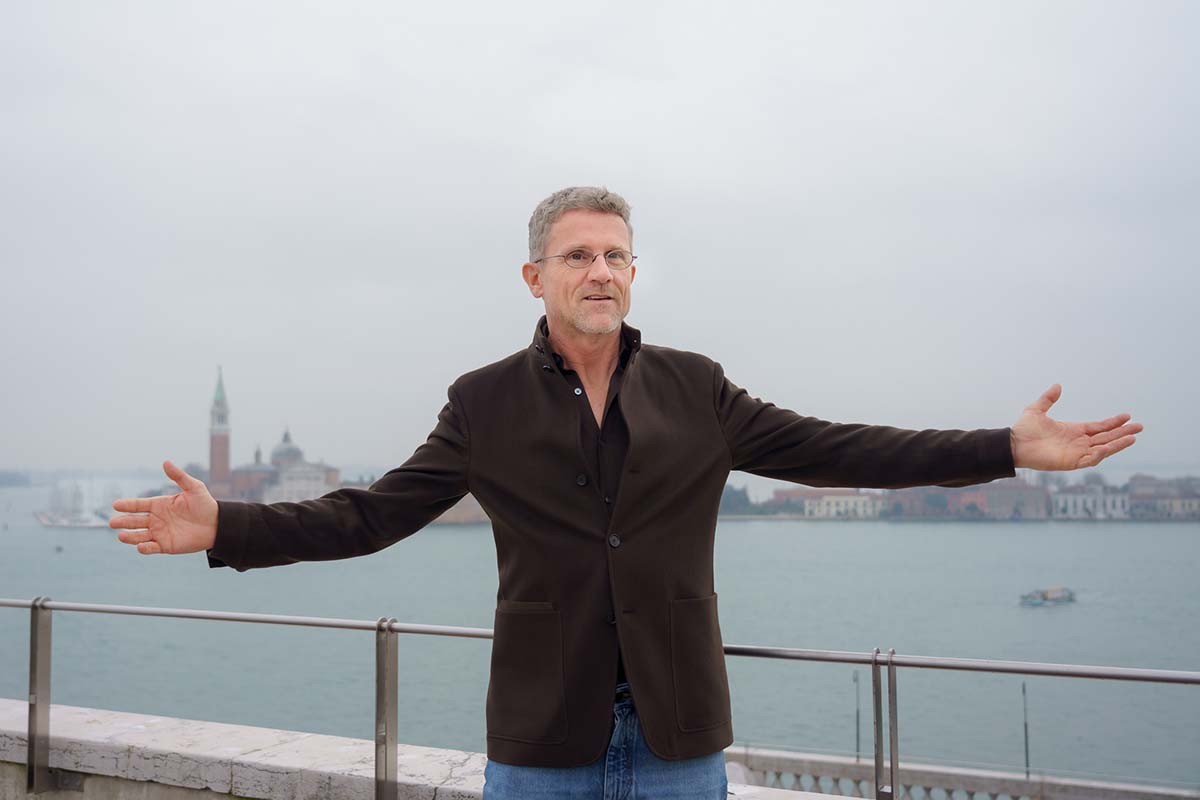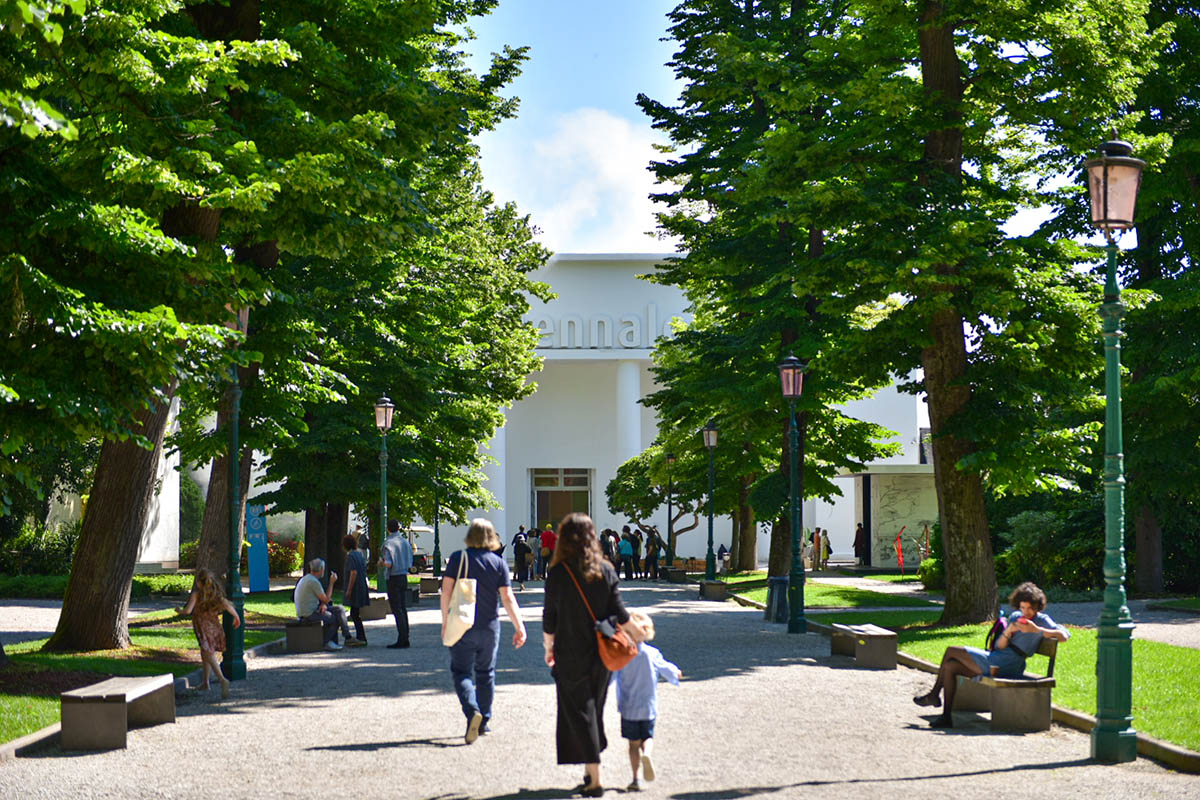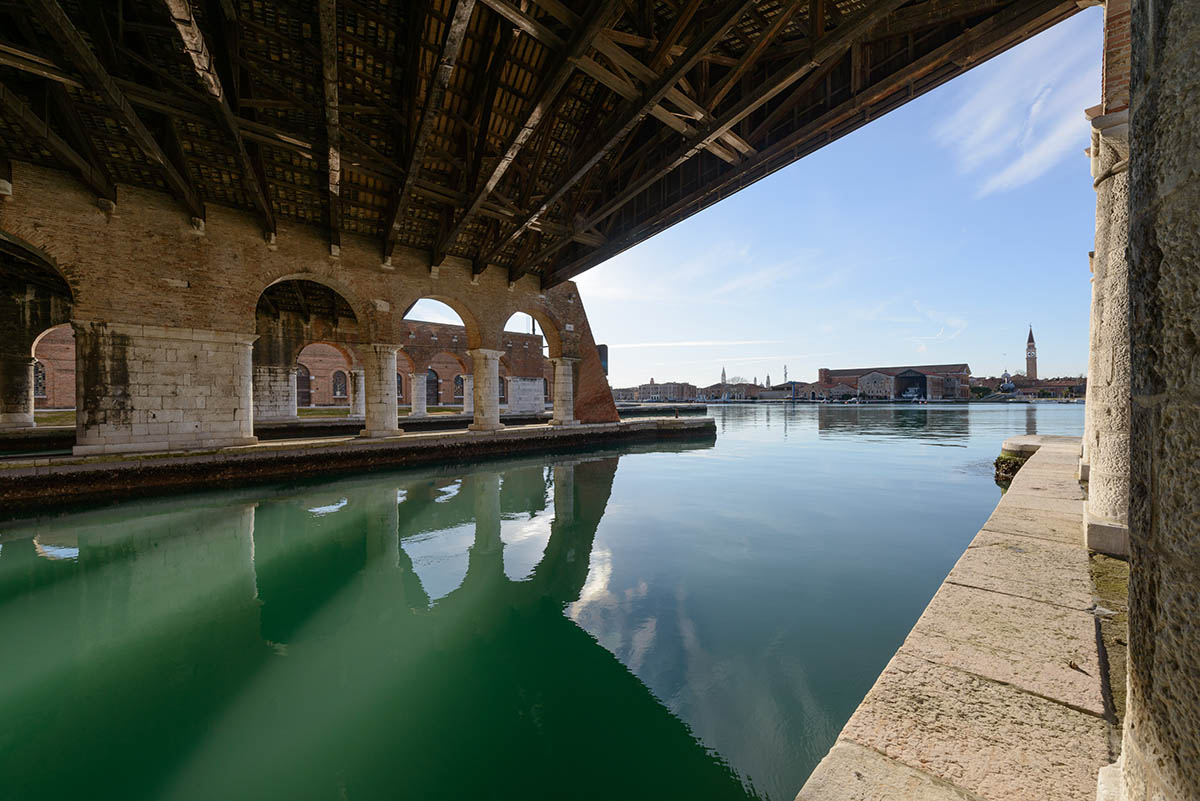Submitted by WA Contents
Carlo Ratti: "Architecture must rethink authorship and become more inclusive, learning from science"
Italy Architecture News - Feb 17, 2025 - 16:07 5372 views

Carlo Ratti, the curator of the 19th International Architecture Exhibition of Venice Architecture Biennale, shared details and highlights of the 2025 Venice Architecture Biennale during a press conference on February 11.
Ratti emphasized that architecture must adopt a more dynamic role in addressing climate change and environmental disasters. He highlighted that, by engaging with science, architecture can become more inclusive, as it will be discussed in this year's Biennial.
The Biennale's theme, titled Intelligens Natural Artificial Collective, will focus on how architecture takes a flexible and active role in adapting to changing times by taking advantage of all kinds of intelligence, natural, artificial and collective.
The 19th International Architecture Exhibition will take place from 10 May to 23 November 2025 at the Giardini, the Arsenale and various venues in Venice, Italy.
"Architecture has always been a response to a hostile climate. From the earliest "primitive hut," human design has been led by the need for shelter and survival, driven by optimism: our creations have always strived to bridge the gap between a harsh environment and the safe, livable spaces we require," said Carlo Ratti.
"Today, that dynamic approach is being taken to a new level - as climate becomes less forgiving. In the fires of Los Angeles, in the floods of Valencia and Sherpur, in the droughts of Sicily, we have witnessed first-hand how water and fire are attacking us with unprecedented ferocity."
"The year 2024 marked a grim milestone as Earth registered its hottest temperatures on record, pushing global averages beyond the Paris Agreement's 1.5°C target. In just two years, climate change has accelerated in ways that defy even the best scientific models," he added.
"For decades, architecture’s response to the climate crisis has been centered on mitigation— designing to reduce our impact on the climate. But that approach is no longer enough. The time has come for architecture to embrace adaptation: rethinking how we design for an altered world."

Corderie 2. Image © Giulio Squillacciotti, courtesy La Biennale di Venezia
"This year’s exhibition invites different types of intelligence"
Ratti believes that "different types of intelligence" are needed to rethink the built environment in a rapidly changing world and invites them to work together.
"Adaptation demands a fundamental shift in our practice. This year’s Exhibition Intelligens. Natural. Artificial. Collective. invites different types of intelligence to work together to rethink the built environment," Ratti said.
"The very Latin title Intelligens contains the word gens (“people”) - inviting us to experiment beyond today’s limited focus on AI and digital technologies."
"In the time of adaptation, architecture is at the center and must lead with optimism. In the time of adaptation, architecture needs to draw on all forms of intelligence – natural, artificial, collective."
"In the time of adaptation, architecture needs to reach out across generations and across disciplines - from the hard sciences to the arts. In the time of adaptation, architecture must rethink authorship and become more inclusive, learning from science," he added.
"Architecture must become as flexible and dynamic as the world we are now designing for," Ratti said.
In his curatorial highlights, Ratti also underlined that for the first time this year the number of participants will exceed 750. The participants will include architects, engineers, mathematicians, climate scientists, philosophers, artists, chefs, coders, writers, woodcarvers, farmers, fashion designers, and many more.

Giardini venue. Image © Andrea Avezzu, courtesy La Biennale di Venezia
Intelligens as "a dynamic laboratory"
"Adaptation demands inclusivity and collaboration," according to Carlo Ratti.
Ratti stated that Intelligens will serve "as a dynamic laboratory", uniting experts across various forms of intelligence.
Secondly, curating on this scale required a fundamental shift in methodology, Ratti emphasized. An interdisciplinary curatorial team has led the open, bottom-up selection process. Our open appeal for projects, The Space for Ideas, which ran from May 7 to June 21, 2024, had a tremendous amount of international response. Although the deluge of applications was exciting and intimidating, it also gave us the chance to find new, obscure voices that we may not have otherwise heard.
Thirdly, the resulting participant pool spans generations, ranging from new graduates just starting their professions to seasoned professionals still innovating at ninety. Alongside up-and-coming architects and scholars are Nobel laureates, Pritzker Prize winners, previous curators of the Venice Biennale, and Royal Professors. Our dedication to a wide variety of viewpoints is demonstrated by this inclusion.
Fourthly, a new approach to authorship is necessary in light of the diversity of contributions. He said that the idea that the architect is the only creator and that other experts should only play supporting roles is challenged by Intelligens. Drawing inspiration from scientific studies, the Biennale suggests a more inclusive authorship model. All of the voices influencing design must be acknowledged and given credit during the adaption phase.

Gaggiandre. Image © Andrea Avezzu, courtesy of La Biennale di Venezia
Fifthly, the Venice Biennale needs to work with other organizations in this age of adaptability. Intelligens has established relationships with numerous international organizations, including the Soft Power Club, the Davos Baukultur Alliance, C40, the UN's COP30 in Belem, and many more. GENS, its public program, will engage audiences of all sizes with a chorus of events and discussions.
Carlo Ratti is an architect and engineer, and he is currently holding teaching positions at the Massachusetts Institute of Technology (MIT) and at the Politecnico di Milano.
Ratti is the director of the Senseable City Lab at the MIT and a founding partner of the architecture and innovation office CRA-Carlo Ratti Associati based in Torino, New York City, and London.
The collaborations at the Corderie dell’Arsenale will feature the works of Beatriz Colomina and Mark Wigley, Kengo Kuma and Associates, Arup, the Ellen MacArthur Foundation, Tosin Oshinowo.
Other collaborations include the Norman Foster Foundation, the UK Astronomer Royal Martin Ree, Boonserm Premthada, Tongji University professor Philip Yuan, and Gramazio Kohler Research from ETH Zurich with MESH and Studio Armin Linke.
Also at the press conference, Ratti announced the national and international participants. This year, Russia and Israel will not participate in the event, while 4 new countries will participate in the Biennale: the Republic of Azerbaijan, Sultanate of Oman, Qatar, Togo.
In 2023, Ghanaian-Scottish architect, academic, and novelist Professor Lesley Lokko curated the 2023 Venice Architecture Biennale, under the theme of The Laboratory of the Future - which explored decolonisation and decarbonisation.
The top image in the article © Andrea Avezzù, courtesy La Biennale di Venezia.
